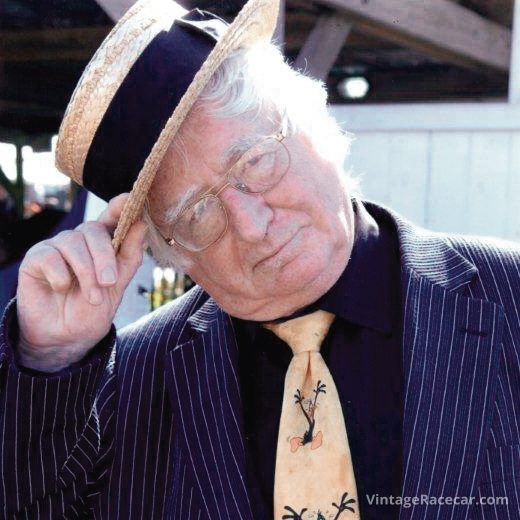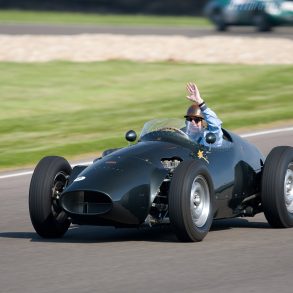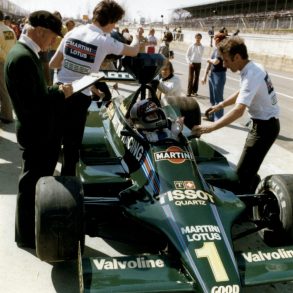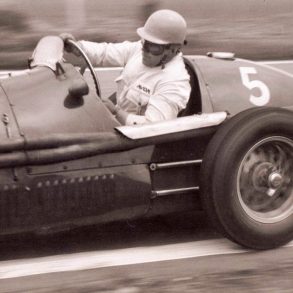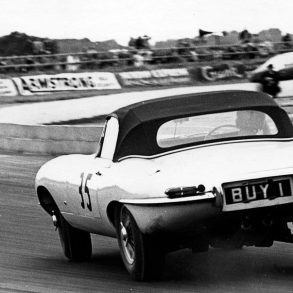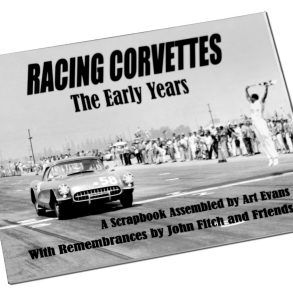There is an outfit in England making simulacre Vanwalls, road equipped, and with the choice of one seat or two. I’ve seen them only in green, but their natural livery must be fluorescent pink with whitewall tires.
There was another Vanwall project in the late 1980s. The conglomerate, GKN, had bought Vandervell Products and commissioned an exhibition machine which was a Lotus 47 with a Rover (ex-Buick) V-8 engine, 5-speed ZF transmission, fatter tires, upgrades, etc.
Become a Member & Get Ad-Free Access To This Article (& About 6,000+ More)
Access to the full article is limited to paid subscribers only. Our membership removes most ads, lets you enjoy unlimited access to all our premium content, and offers you awesome discounts on partner products. Enjoy our premium content.
Become a member today!
Already a Member?


